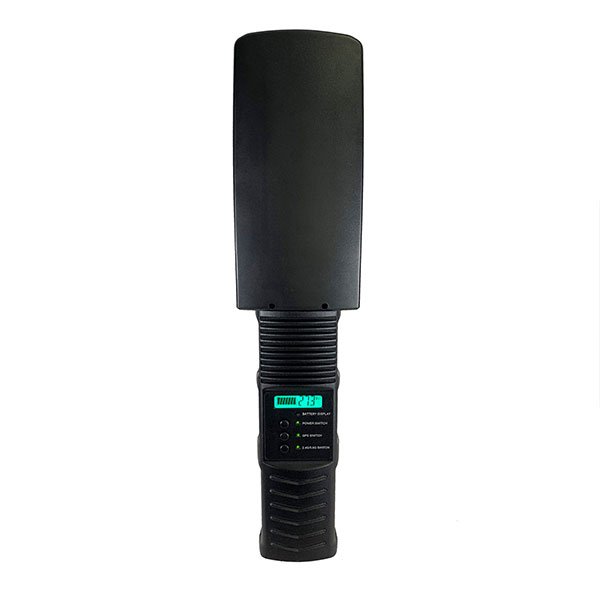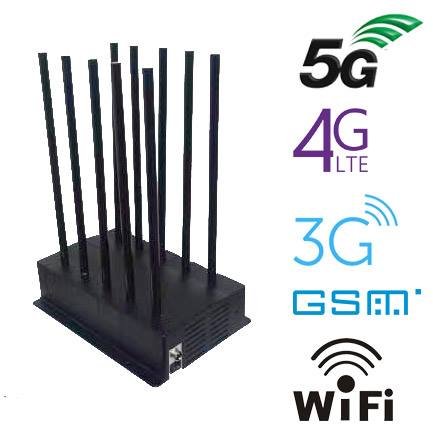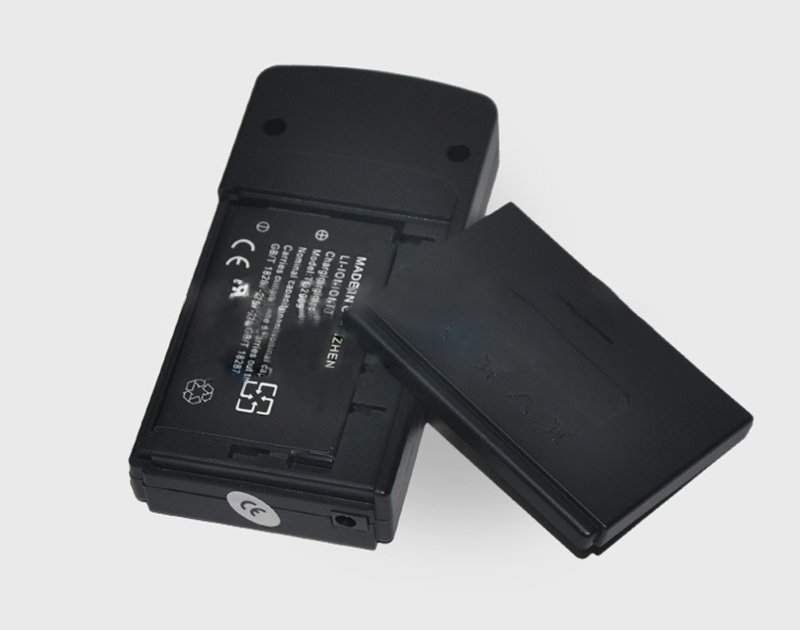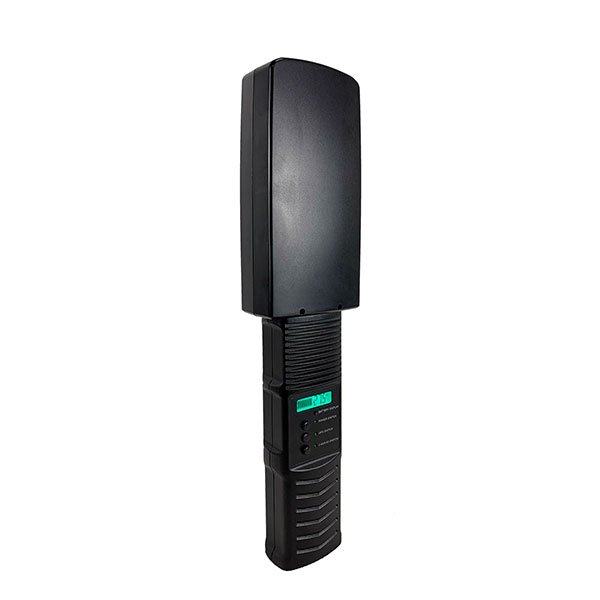Want to know what factors affect the purchase price of mobile phone signal jammers?
Several factors affect the purchase price of a cell phone jammer. Here are some key considerations:
1.Jamming power:
How effective a jammer is at blocking cell phone signals is a major factor affecting its price. Jammers with greater jamming power, the ability to jam signals over a wider frequency range, and greater output power tend to be more expensive.
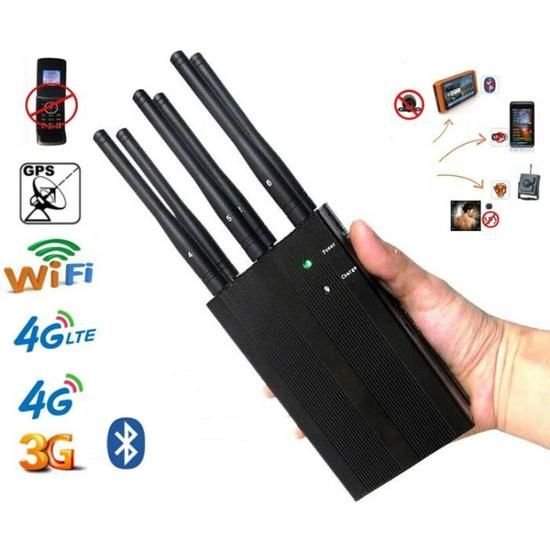
2.Frequency bands:
The number and type of frequency bands a jammer can cover affects its price. Some jammers can block signals across multiple bands, including 2G, 3G, 4G, and even 5G, while others may target a specific frequency range. The wider the frequency coverage, the higher the price.
3.Power output:
The power output of a jammer determines its range and effectiveness. Jammers with higher power outputs can cover larger areas and overcome stronger signals. Therefore, devices with higher power outputs are usually more expensive.
4.Adjustable settings:
Signal jammers with adjustable settings allow users to customize the jamming range and power to specific requirements. These devices offer greater flexibility but tend to cost more than jammers with fixed ranges.
5.Build quality and durability:
The quality of the materials, construction, and overall durability of a signal jammer will affect its price. Well-built devices with solid components and rugged housings may cost more, but they will last longer and perform better.
6.Additional features:
Signal jammers may come with additional features, such as built-in antennas, cooling systems, remote control capabilities, or battery backup. These extra features may result in a higher price.
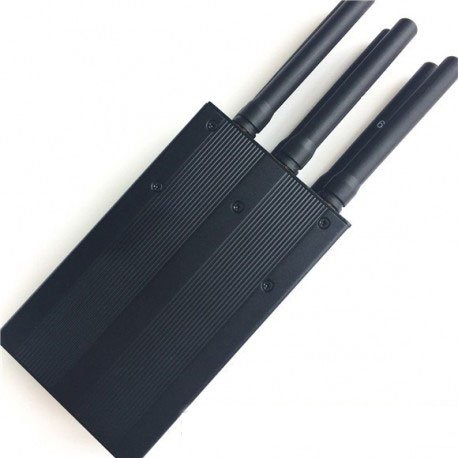
Mobile phone signal jammers are usually deployed in courts to maintain a solemn and orderly environment. The court is an important institution for maintaining justice and hearing cases in a fair, rigorous and impartial manner. As a key decision maker, the judge has the responsibility to determine whether the defendant has violated laws and regulations, and if so, what punishment or obligations should be imposed on it.
Mobile phone signal jammers are used to maintain court etiquette and prevent interference. They play an important role in preventing illegal activities, ensuring social fairness and rationality, promoting harmony among members, and maintaining the overall operation of society.
The principle of a mobile phone signal jammer is that it can interfere with the communication between mobile phones and signal towers within a specific working frequency band. Mobile phones establish a connection with signal towers through electromagnetic waves and transmit data and audio through specified serial port baud rates and modulation modes. The working method of a mobile phone signal jammer is to transmit a low-level working frequency from a wireless channel to a high-end scanner at a certain speed.
This scanning speed causes errors when the mobile phone receives information signals and cannot detect stable data from the signal tower. As a result, the mobile phone cannot establish contact with the signal tower, resulting in symptoms such as searching for the network, weak signals, and service interruptions. The phone is effectively rendered inoperable and unable to receive messages or access network services.
Cell phone signal jammers are used in a variety of settings, including examination halls, educational institutions, gas stations, places of worship, courts, public libraries, international conference centers, movie theaters, government departments, the financial industry, prisons, public security agencies, and military facilities. These devices are used to disable cell phone use and maintain control over communications.
Manufacturers engaged in the design, production, processing, sales, and technical services of communication electronics products are responsible for manufacturing cell phone signal jammers and meeting market demand. The purchase price of a phone signal jammer is affected by a variety of factors that can vary depending on factors such as the device’s functionality, range, power output, additional features, and overall quality.


